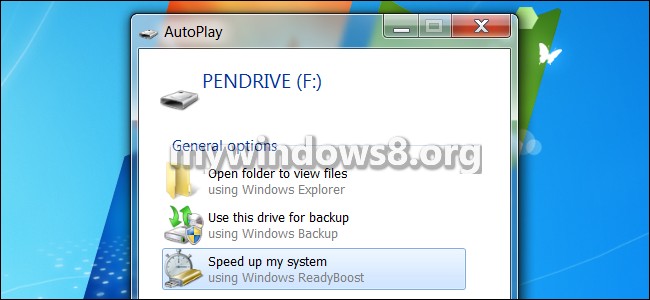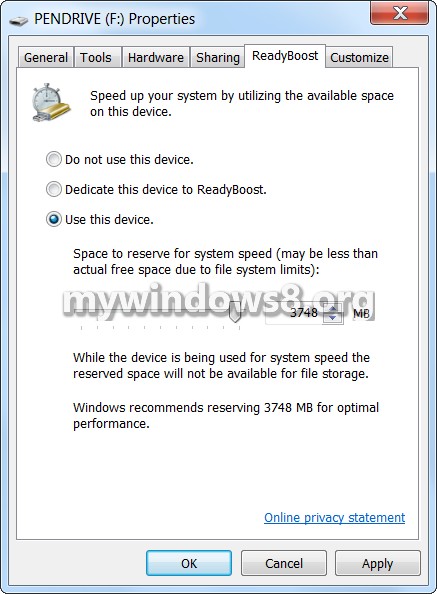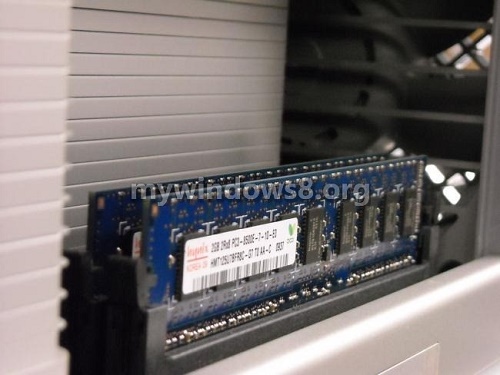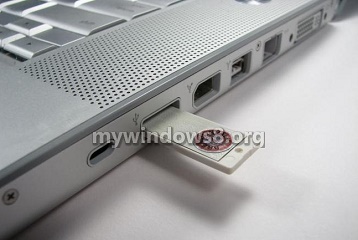Connect a USB stick to a Windows computer, even on Windows 8 and immediately Windows will prompt if you want to speed up your system using ReadyBoost. But what precisely is ReadyBoost, and will it really speed up your computer?
ReadyBoost was brought about in Windows Vista, where it was to a great extent an encouraged feature. Regrettably, ReadyBoost ain’t a silver bullet that will turn your computer blazing fast, although it may be utile in some determined instances.

How ReadyBoost Works?
ReadyBoost executes in co-ordination with SuperFetch. SuperFetch, also brought about in Windows Vista, supervises the programs you utilize on your computer and automatically laden their application files and libraries into your computer’s memory (RAM) beforehand. When you start the application, it will start quicker; your computer interprets its files from memory, which is faster, instead of from disk, which is more tedious. Void RAM doesn’t bring any good, so utilizing it as a cache for often accessed applications can increment your computer’s reactivity.
SuperFetch commonly utilizes your computer’s memory; it stashes these files in your RAM. Noetheless, SuperFetch can also execute with a USB stick – that’s ReadyBoost in full swing. When you insert a USB drive to your computer and enable ReadyBoost, Windows will stack away SuperFetch data on your USB drive, giving up system memory. It’s quicker to interpret numerous little files from your USB stick than it is to interpret them from your hard drive, so this can theoretically amend your system’s functioning.

Why ReadyBoost Probably isn’t Useful For You?
So far, so good, but there’s a snatch: USB storage is more slower than RAM. It’s even better to stack away SuperFetch data in your computer’s RAM rather than on a USB stick. Hence, ReadyBoost merely helps if your computer doesn’t possess sufficient RAM. If you have more than sufficient RAM, ReadyBoost won’t actually help.
ReadyBoost is paragon for computers with a small quantity of RAM. When Windows Vista was set up in motion, Anandtech benchmarked ReadyBoost, and the outcomes of their benchmark were informatory. In association with 512 MB of RAM, ReadyBoost provided few amended performance. Nonetheless, including additional RAM invariably bettered performance much more than employing ReadyBoost.
If your computer is strained for RAM, you’re fortunate of adding more RAM rather than using ReadyBoost.

When ReadyBoost is Worth Using?
With that aforesaid, ReadyBoost might however be utile if your present computer has a little quantity of RAM (512 MB, or maybe even 1 GB) and you don’t want to include extra RAM for some cause – maybe you just possess an extra USB stick dwelling around.
If you choose to use ReadyBoost, take into account that the speed of your USB drive also influences how much bettered functioning you’ll receive. If you possess an old, slow USB stick, you may not view a detectable gsin in performance, yet with a small quantity of RAM. Windows won’t permit ReadyBoost to be applied on especially slow USB flash drives, but some drives are quicker than others.


